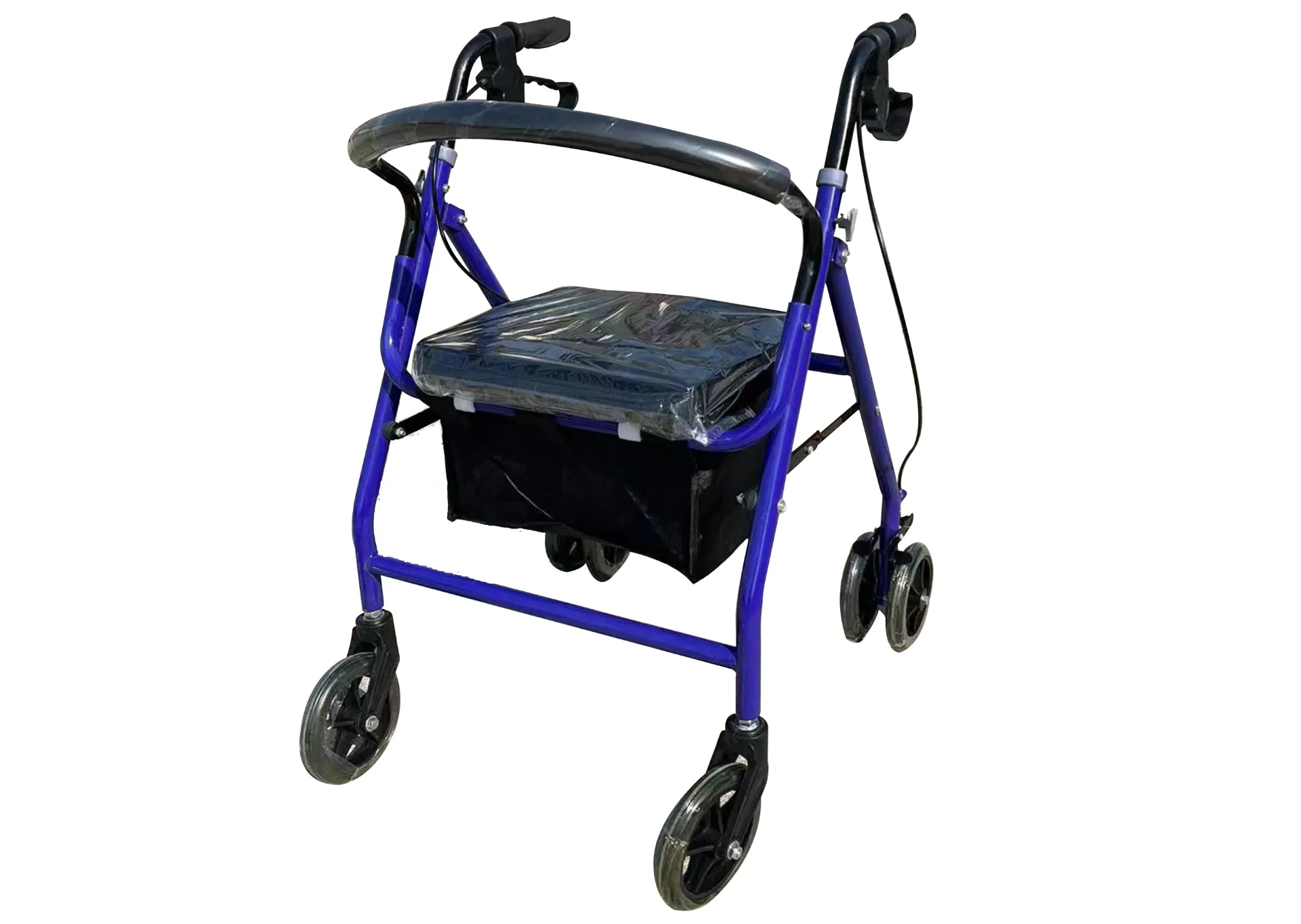Welcome to our websites!
smart wheelchair
The Rise of Smart Wheelchairs Redefining Mobility and Independence
In recent years, the concept of mobility has undergone a significant transformation, particularly for individuals with disabilities. The advent of smart technology has ushered in an era of innovation, giving rise to the smart wheelchair—a revolutionary device designed to enhance independence, safety, and user experience for those with mobility challenges. This article delves into the features, benefits, and future of smart wheelchairs, showcasing how they are changing lives.
Understanding Smart Wheelchairs
Smart wheelchairs are advanced mobility devices equipped with various technological features that significantly improve usability and functionality. Unlike traditional wheelchairs, smart wheelchairs can incorporate systems such as sensors, cameras, GPS, and even artificial intelligence to assist users in navigating their environment. These sophisticated devices aim to provide greater autonomy, enabling users to perform daily activities with minimal assistance.
A typical smart wheelchair may include features such as obstacle detection, automatic navigation, voice control, and connectivity options that allow users to interact with smart home devices. The integration of these technologies not only makes maneuvering easier for users but also enhances safety by preventing accidents and promoting a smoother experience.
Benefits of Smart Wheelchairs
1. Enhanced Independence One of the primary advantages of smart wheelchairs is the level of independence they afford users. With automatic navigation and obstacle avoidance, individuals can navigate through their homes or public spaces without relying heavily on caregivers. This newfound freedom can greatly improve quality of life and mental well-being.
2. Improved Safety Safety is a crucial concern for wheelchair users. Smart wheelchairs are designed with built-in safety features, such as sensors that detect obstacles in the user's path. This technology can help prevent collisions with walls, curbs, or other individuals, ensuring a safer mobility experience.
3. User-Friendly Controls Many smart wheelchairs feature intuitive control systems that can be operated through a variety of modalities, including joystick controls, touchscreens, or voice commands. This adaptability caters to users with different levels of physical ability and allows for personalized interaction with the device.
4. Integration with Smart Technology Smart wheelchairs can seamlessly integrate with other smart devices, such as home automation systems. Users can control lights, appliances, or access communication tools, creating a more interconnected and accessible living environment.
smart wheelchair

5. Data Monitoring and Health Management Advanced smart wheelchairs can track usage patterns and monitor the user’s health indicators, such as heart rate and mobility levels. This data can be invaluable for caregivers and healthcare professionals to assess health conditions and plan appropriate interventions.
The Future of Smart Wheelchairs
As technology continues to evolve, the future of smart wheelchairs looks promising. Research and development in artificial intelligence, machine learning, and robotics are set to further enhance the capabilities of these devices. For instance, future iterations of smart wheelchairs may include advanced navigation systems that could interact with external environments in real-time, allowing users to go beyond simple pathfinding to more complex decision making.
Moreover, improvements in battery technology could lead to smarter energy management systems, enabling longer usage times and reducing recharging intervals. Developments in materials science may also result in lighter, more durable frames, making the wheelchairs easier to transport and maneuver.
Challenges and Considerations
Despite the many benefits, the adoption of smart wheelchairs is not without challenges. High costs can be a barrier for many potential users, and accessibility to maintenance and repair services is crucial for effective long-term use. Additionally, there must be considerations for privacy and data security, especially regarding the sensitive health information that these devices may collect.
Furthermore, as with any emerging technology, user training and adaptation are essential. Ensuring that users are comfortable and familiar with the operation of their smart wheelchairs is vital for maximizing the device's benefits.
Conclusion
Smart wheelchairs represent a significant advancement in assistive technology, revolutionizing the way individuals with mobility impairments experience the world. By prioritizing autonomy, safety, and connectivity, these devices are not merely tools for mobility; they are lifelines that enhance the overall quality of life. As we look towards the future, continued innovation and thoughtful integration of technology will ensure that smart wheelchairs become an essential element in promoting independence and inclusivity for all users. With ongoing support and development, the dream of a more accessible world for individuals with disabilities is becoming an increasingly attainable reality.
-
Essential Equipment for Ambulance and Emergency CareNewsApr.17,2025
-
Essential Bedside Cabinets for Healthcare SettingsNewsApr.17,2025
-
Essential Bedside Cabinets for Healthcare FacilitiesNewsApr.17,2025
-
Efficient Transfer Solutions for Healthcare SettingsNewsApr.17,2025
-
Efficient Solutions for Medical Storage and DistributionNewsApr.17,2025
-
Affordable and Versatile Examination BedsNewsApr.17,2025
-
The Essential Guide to Walking Aids for SeniorsNewsApr.07,2025











